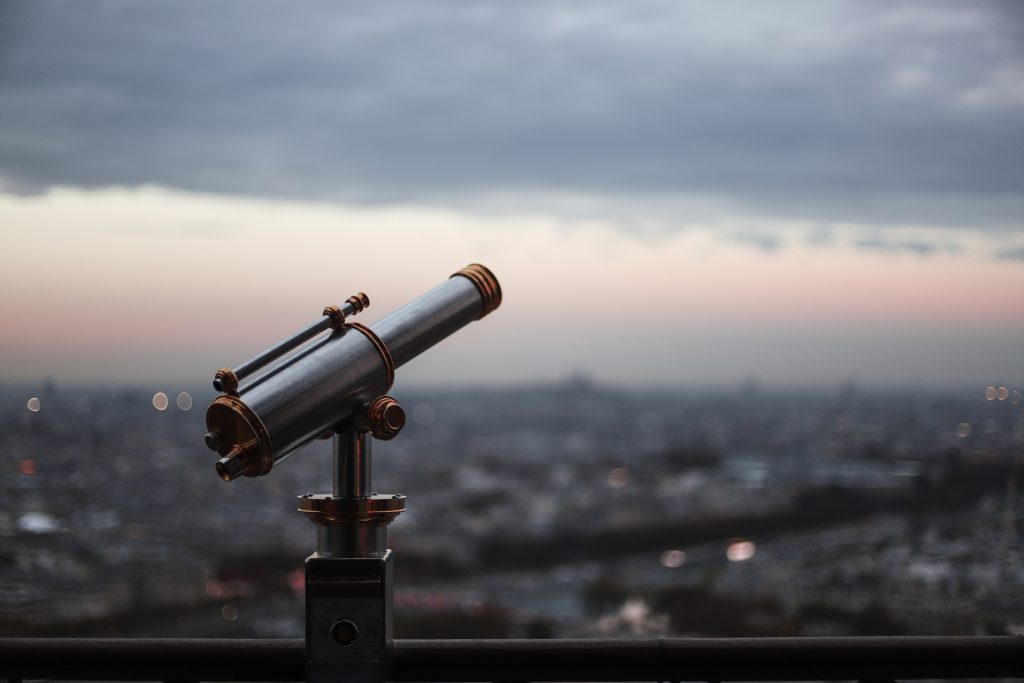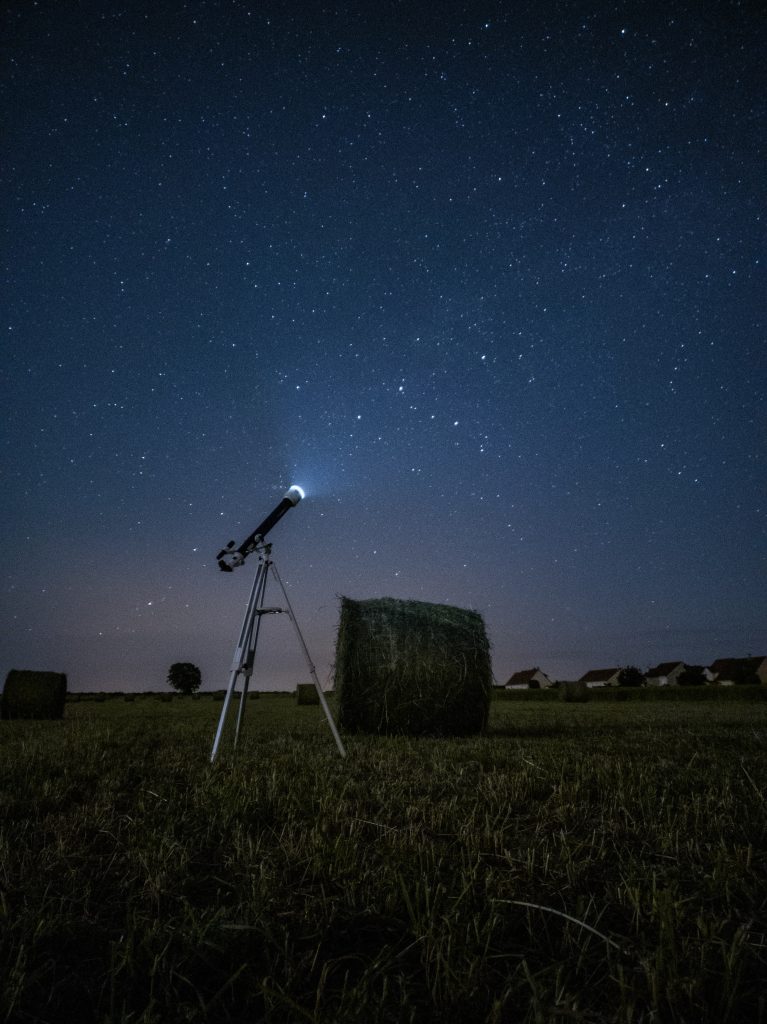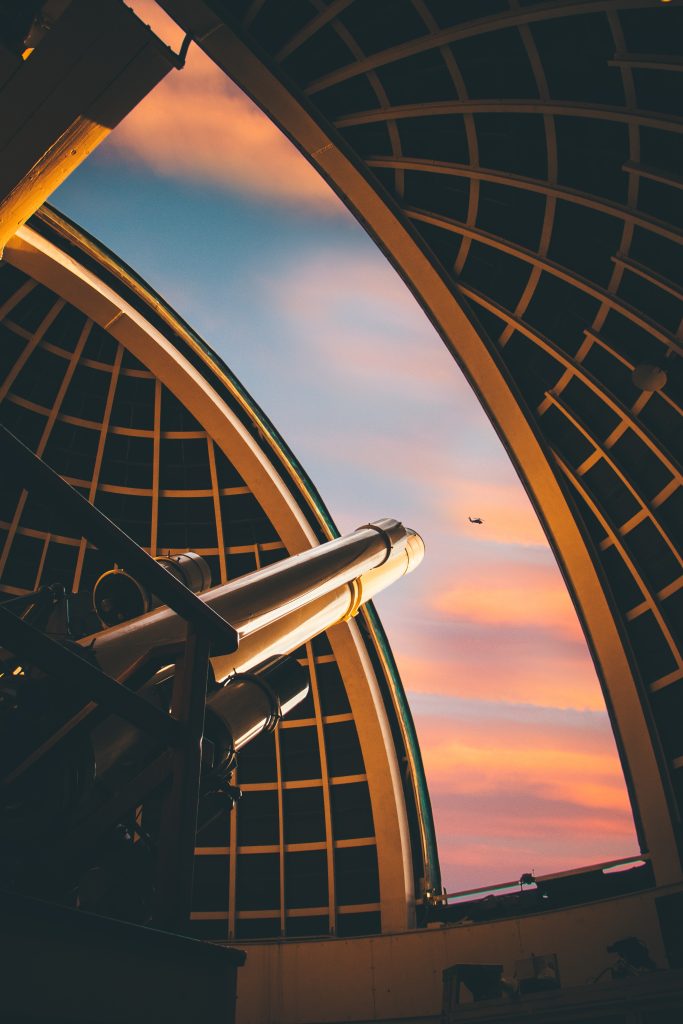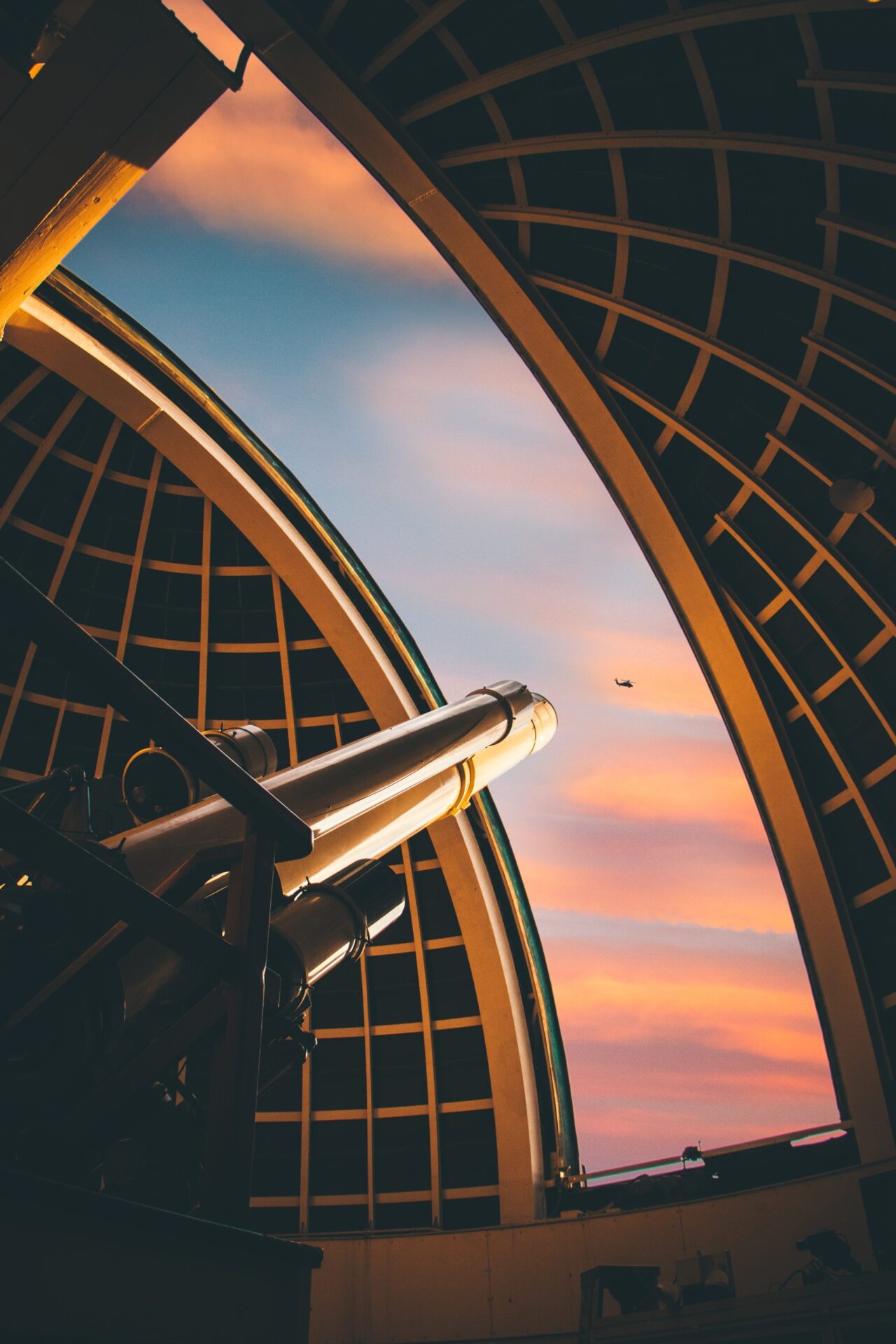So, you’re interested in getting yourself a telescope, huh? Well, you’ve come to the right place! Deciding on the perfect telescope for you can be a bit overwhelming with so many options out there. But fear not, dear stargazer! I’m here to guide you through the process and help you find the telescope that will take your celestial adventures to new heights.
First things first, think about what you want to observe. Are you more into viewing the moon, planets, or deep-sky objects like galaxies and nebulae? Knowing your primary interest will help narrow down the type and specifications of the telescope you should consider. If you’re a beginner, a refractor or a reflector telescope might be a great starting point. Consider the size and portability if you plan on taking your telescope on the go. And of course, your budget plays a role too. Remember, it’s all about finding the right balance between quality and affordability. So take your time, do a little research, and before you know it, you’ll have the perfect telescope in your hands, ready to unlock the mysteries of the universe. Happy stargazing, my friend! Choosing the right telescope can seem like a daunting task, especially if you’re new to astronomy. With so many options available, it’s important to consider several factors before making your decision. In this comprehensive guide, we’ll walk you through everything you need to know to choose the perfect telescope for your needs. From budget considerations to understanding different types of telescopes, we’ve got you covered. So let’s dive in and discover how to choose the right telescope for you.

Budget and Price Range
Determine your budget
When it comes to choosing a telescope, setting a budget is crucial. Telescopes can range in price from a few hundred dollars to several thousand dollars. By determining your budget in advance, you can narrow down your options and focus on models that are within your price range. Remember, a higher price does not always guarantee better performance, so it’s important to consider other factors as well.
Consider additional costs
When budgeting for a telescope, it’s important to consider additional costs beyond the initial purchase price. Some telescopes require additional accessories or attachments, such as eyepieces, filters, or tripods. These add-ons can significantly increase the overall cost of owning a telescope. Additionally, keep in mind that maintenance and upkeep costs may be necessary in the future.
Evaluate price ranges
Telescopes come in various price ranges, each offering different features and capabilities. It’s essential to evaluate the price range that best suits your needs and expectations. While beginner-level telescopes are typically more budget-friendly, they may have limitations in terms of image quality or durability. On the other hand, high-end telescopes can provide exceptional performance but come with a hefty price tag. Finding a balance between affordability and performance is key to choosing the right telescope.
Observing Goals and Interests
Identify your observing goals
Before selecting a telescope, it’s important to identify your observing goals. Are you interested in observing celestial objects like planets, stars, or galaxies? Or are you more interested in astrophotography? Understanding what you hope to achieve with your telescope will help guide your decision-making process.
Consider your interests
Aside from your observing goals, it’s also essential to consider your specific interests within astronomy. For example, if you’re fascinated by planetary observations, you may want to prioritize a telescope with high magnification capabilities. On the other hand, if you’re interested in deep-sky observations, a telescope with a larger aperture for better light-gathering ability may be more suitable. Tailoring your telescope choice to your specific interests will ensure a more fulfilling stargazing experience.
Choose the right telescope for specific purposes
Telescopes come in different types, each designed for specific purposes. There are three primary types of telescopes: reflecting telescopes, refracting telescopes, and compound or catadioptric telescopes. Reflecting telescopes use mirrors to gather and focus light, while refracting telescopes use lenses. Compound or catadioptric telescopes combine both mirrors and lenses to achieve a compact design. Understanding the advantages and disadvantages of each type will help you choose the right telescope for your intended purposes.
Telescope Types
Reflecting Telescopes
Reflecting telescopes, also known as Newtonian telescopes, are popular among astronomers for their larger apertures and shorter focal lengths. They use a concave mirror to gather and focus light onto the eyepiece. Reflecting telescopes are generally more affordable and can provide excellent image quality, making them a suitable choice for beginners.
Refracting Telescopes
Refracting telescopes, also known as dioptrics, use lenses to gather and focus light. They are known for their durability and low maintenance requirements. Refractors are particularly useful for planetary observations and can produce crisp, high-contrast images. However, they tend to be more expensive and can suffer from chromatic aberration, which can affect image quality.
Compound or Catadioptric Telescopes
Compound or catadioptric telescopes utilize both mirrors and lenses to achieve a compact design. They can provide versatile performance and are suitable for a wide range of observing purposes. Compound telescopes are easy to set up and transport, making them a popular choice for both beginners and experienced astronomers. However, their complex design can make them more expensive than other types of telescopes.
Aperture and Light Gathering
Understanding aperture size
Aperture refers to the diameter of the telescope’s main optical component, whether it’s a mirror or a lens. It plays a crucial role in determining the telescope’s light-gathering ability and overall image quality. Generally, telescopes with larger apertures can gather more light, resulting in brighter and more detailed images. A larger aperture allows for better resolution and the ability to observe faint objects in the night sky. However, telescopes with larger apertures tend to be larger, bulkier, and more expensive.
Considerations for light gathering
Light gathering is a crucial factor to consider when choosing a telescope. The amount of light a telescope can gather determines its ability to capture faint objects in the night sky. This is particularly important for observing deep-sky objects, such as galaxies or nebulae, which often require longer exposure times. Telescopes with larger aperture sizes generally have better light-gathering capabilities, allowing you to observe dimmer objects with greater clarity.
Choose the right aperture for desired observations
When considering aperture size, it’s important to strike a balance between your desired observations and practicality. Larger apertures offer better image quality and the ability to observe faint objects, but they can be more expensive and less portable. If you primarily focus on planetary observations, a smaller aperture may be sufficient. However, if deep-sky observing is your main interest, a larger aperture will provide the best results.

Focal Length and Magnification
Understanding focal length
Focal length is the distance between the primary optical component of the telescope and the point where the light rays converge. It determines the telescope’s overall magnification capabilities. Telescopes with longer focal lengths produce higher magnification, making them ideal for detailed observations of celestial objects. However, longer focal lengths may also result in a narrower field of view. Conversely, telescopes with shorter focal lengths provide a wider field of view but lower magnification.
Determining optimal magnification
The optimal magnification for a telescope depends on several factors, including the telescope’s aperture and atmospheric conditions. A general rule of thumb is that the maximum usable magnification is approximately twice the telescope’s aperture size in millimeters. Keep in mind that high magnification does not always equate to better image quality. Factors such as atmospheric turbulence and telescope stability can affect the clarity of the image at higher magnifications. Experimenting with different magnifications will help you determine the optimal settings for your observing needs.
Matching focal length and magnification
When choosing a telescope, it’s essential to consider the relationship between the focal length and magnification. Longer focal lengths generally provide higher magnification, while shorter focal lengths offer a wider field of view. Depending on your observing goals, you may need to prioritize one over the other. For planetary observations or astrophotography, higher magnification is often preferred. However, if you want to observe larger sections of the night sky, a shorter focal length will provide a wider field of view.
Mounts and Stands
Types of telescope mounts
Telescopes come with various types of mounts, each providing different levels of stability and ease of use. The two primary types of mounts are alt-azimuth (alt-az) and equatorial mounts. Alt-azimuth mounts allow for easy movement in both vertical (altitude) and horizontal (azimuth) directions but don’t compensate for Earth’s rotation. Equatorial mounts, on the other hand, are specifically designed to track celestial objects as they move across the sky. Equatorial mounts require a bit more setup and adjustment but provide better tracking capabilities.
Considerations for stability and tracking
When choosing a mount, stability and tracking are vital factors to consider. A stable mount is crucial for steady and shake-free observations, especially at higher magnifications. A mount that can accurately track celestial objects as they move across the sky allows for longer exposure times during astrophotography sessions. It’s important to choose a mount that offers the stability and tracking capabilities necessary for your observing needs.
Choosing the right mount for your needs
The choice of mount ultimately depends on your observing goals and the level of convenience you desire. If you’re a beginner or prioritize ease of use, an alt-azimuth mount may be the best option. They are typically simpler to set up and operate, making them more suitable for casual stargazers. However, if you’re interested in astrophotography or more advanced observations, an equatorial mount will provide the necessary tracking capabilities. Keep in mind that equatorial mounts may require a steeper learning curve and additional setup time.

Portability and Storage
Evaluate portability needs
Portability is an important consideration, particularly if you plan on taking your telescope on the go. Depending on your lifestyle and observing preferences, you may prioritize a telescope that is lightweight and easy to transport. Smaller telescopes or compact designs are generally more portable, making them suitable for frequent travel or stargazing adventures.
Consider storage space
In addition to portability, it’s also crucial to consider the storage space available for your telescope. Telescopes can come in various sizes and shapes, and some may require more storage space than others. Before making a purchase, take into account where you plan to store your telescope when it’s not in use. Consider factors such as available closet space or the need for a dedicated storage area.
Choose a telescope that suits your lifestyle
Ultimately, choosing a telescope that suits your lifestyle is key to ensuring you make the most of your stargazing experience. If you have limited storage space or prefer a compact and portable option, prioritize telescopes that meet these criteria. On the other hand, if you have ample space and don’t plan on moving your telescope frequently, you may opt for a larger, more substantial model.
Optical Quality and Coatings
Optical quality considerations
When selecting a telescope, it’s crucial to consider the optical quality. A well-constructed telescope with high-quality optics will provide clearer and more detailed views of celestial objects. Look for telescopes with quality glass lenses or mirrors and precision alignment to ensure optimal performance. It’s also worth considering telescopes from reputable manufacturers known for their commitment to manufacturing reliable and high-quality instruments.
Coatings and their impact
Optical coatings play a significant role in enhancing the performance of a telescope. Coatings, such as anti-reflective coatings and mirror coatings, reduce internal reflections and increase light transmission. These coatings help to improve image contrast, minimize light loss, and reduce unwanted optical artifacts. When comparing telescopes, pay attention to the type and quality of coatings used, as they can significantly impact the overall optical performance.
Selecting a telescope with good optical performance
To ensure good optical performance, prioritize telescopes that are known for their high-quality optics and coatings. Read reviews and seek recommendations from experienced astronomers to get insights into the optical performance of different telescope models. Investing in a telescope with excellent optical performance will result in sharper, more detailed views of celestial objects and a more satisfying observing experience overall.
Accessories and Attachments
Explore essential accessories
Telescope accessories can greatly enhance your observing experience and expand the capabilities of your telescope. Essential accessories may include additional eyepieces for different magnification options, filters to enhance specific observations, and a sturdy tripod or mount for stability. Consider which accessories are included with the telescope and which ones you may need to purchase separately.
Consider compatibility and upgrades
When choosing accessories, it’s important to ensure compatibility with your chosen telescope. Some telescopes may have specific requirements or limitations when it comes to accessories. Additionally, consider the potential for future upgrades. As your interest and skills in astronomy grow, you may want to expand your telescope’s capabilities with additional accessories or attachments. Choosing a telescope that allows for easy upgrades will save you from having to purchase a completely new telescope down the line.
Maximizing telescope versatility
By carefully selecting and utilizing the right accessories, you can maximize the versatility of your telescope. Experimenting with different eyepieces, filters, and other attachments can enhance your ability to observe different types of celestial objects. Accessories such as motorized mounts or tracking systems can also make astrophotography sessions more accessible. Consider which accessories will be most beneficial in achieving your observing goals and choose a telescope that supports these capabilities.
Reviews and Research
Read expert reviews
Reading expert reviews can provide valuable insights into the performance and features of different telescope models. Experts often test and compare various telescopes, offering unbiased opinions and technical information. Their reviews can help you understand the strengths and weaknesses of different telescopes and guide your decision-making process.
Seek opinions from users
User reviews and testimonials are another valuable resource when researching telescopes. Real-life experiences from fellow astronomers can provide practical insights into the pros and cons of different telescope models. Look for user reviews that align with your observing goals to get a better understanding of how the telescope performs in real-world scenarios.
Conduct thorough research before purchasing
Before finalizing your decision, it’s crucial to conduct thorough research on prospective telescope models. Consider the various factors discussed in this guide, such as budget, observing goals, telescope types, and accessories. Compare the specifications, features, and performance of different telescopes to find the one that best aligns with your needs. The more informed and prepared you are, the more likely you’ll choose a telescope that will bring you years of stargazing enjoyment.
In conclusion, choosing the right telescope for you requires careful consideration of several factors. From determining your budget and considering your observing goals to understanding the different types of telescopes and optical features, there is a lot to take into account. By following this comprehensive guide and conducting thorough research, you’ll be well-equipped to choose a telescope that will help you embark on an exciting journey through the wonders of the night sky. Happy stargazing!











